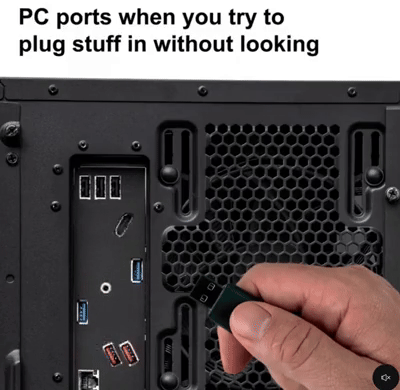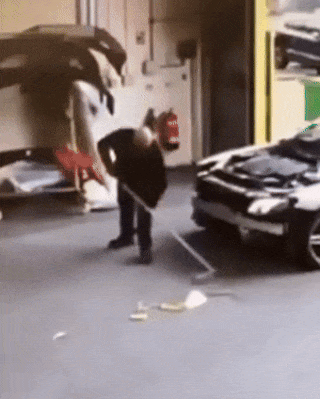Mosconi Cup 2025, Dec. 3-6, Alexandra Palace, London
- By skogstokig
- Main Forum
- 1900 Replies
I don't own a jump cue so I'm completely ignorant about how difficult jump shots are. David Alcaide jumping over the ball he's snookered behind only for it to bounce over the object ball, would you consider that a mistake by the player or is it just unlucky?
it's a mistake

